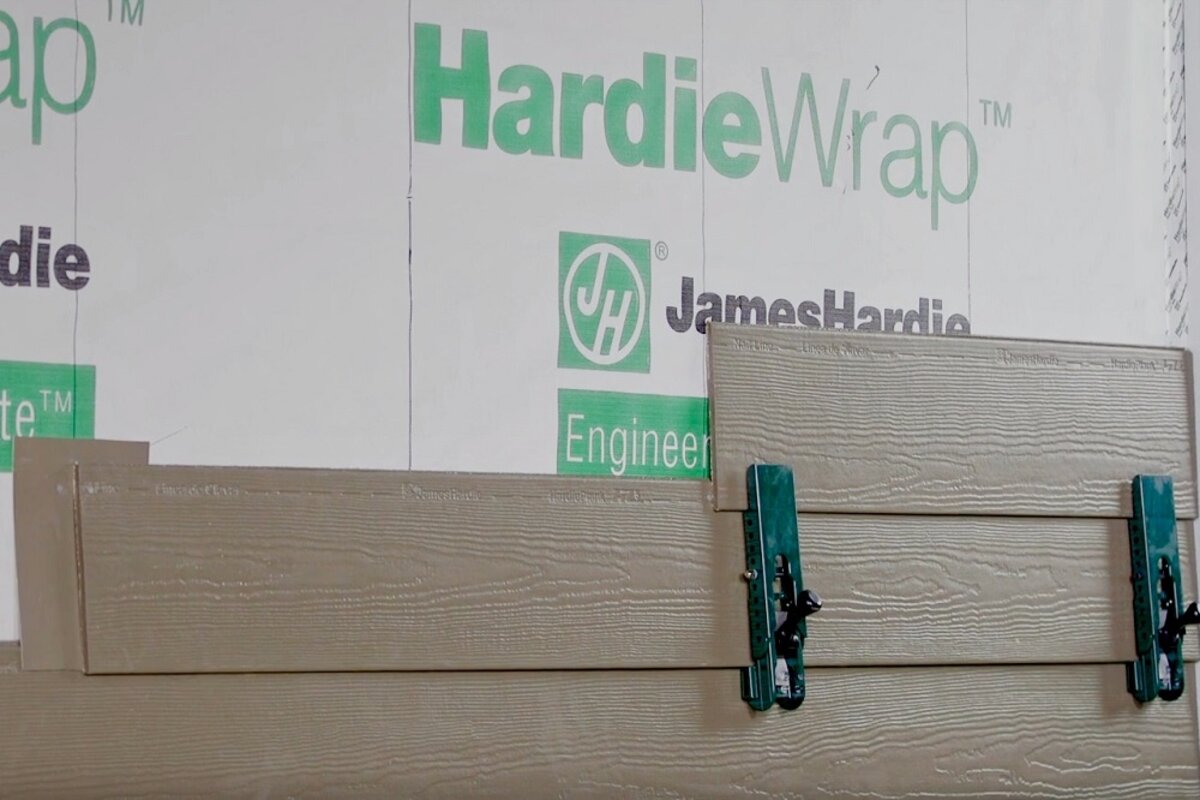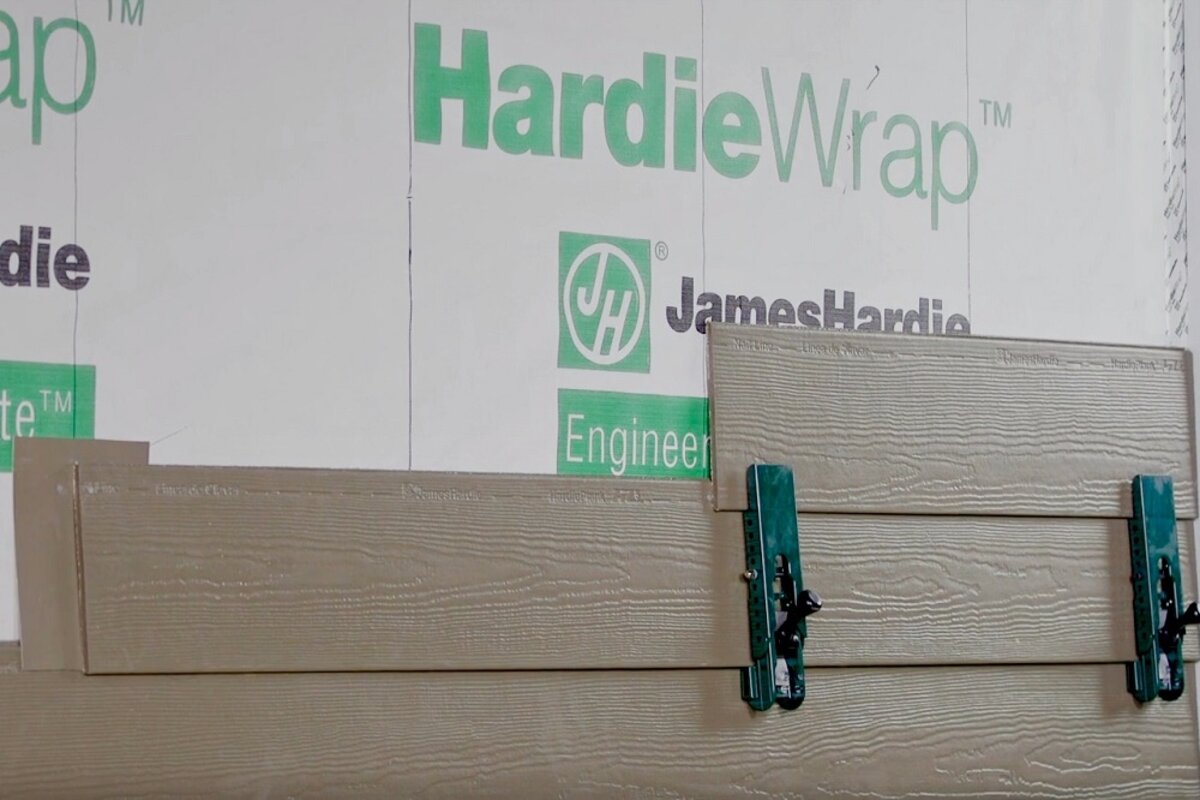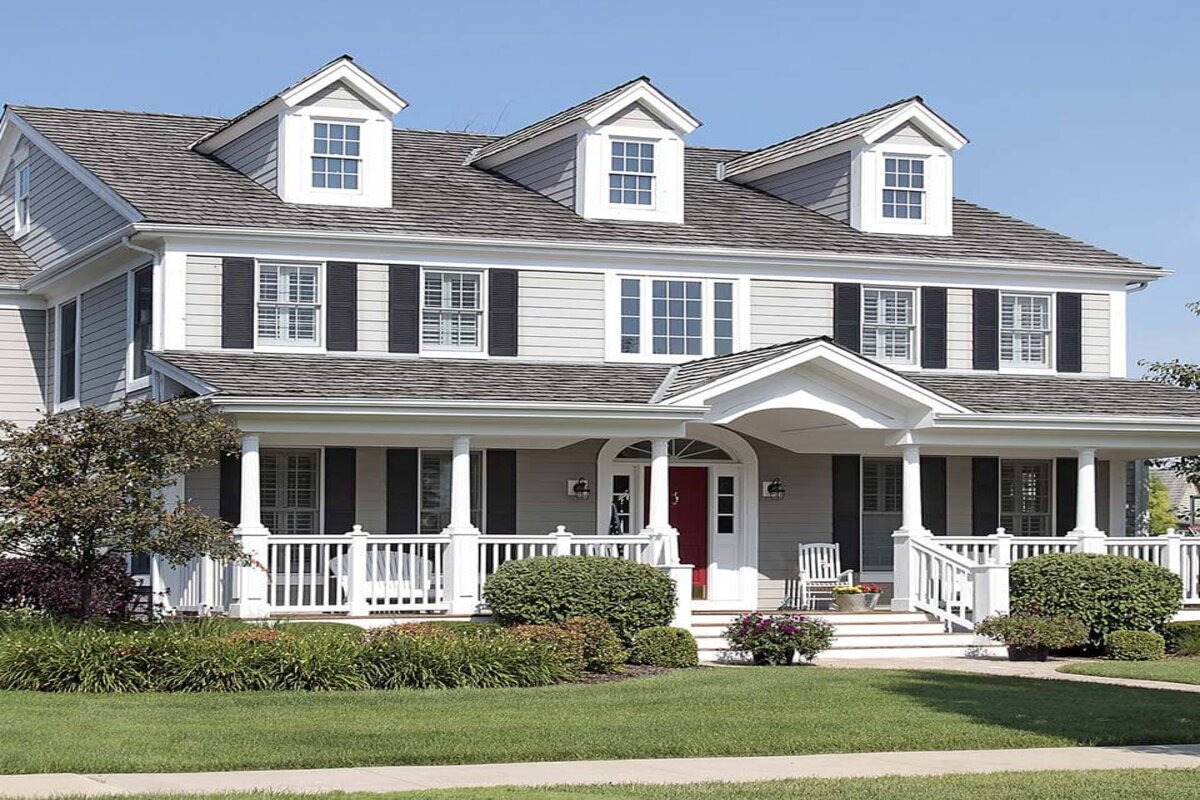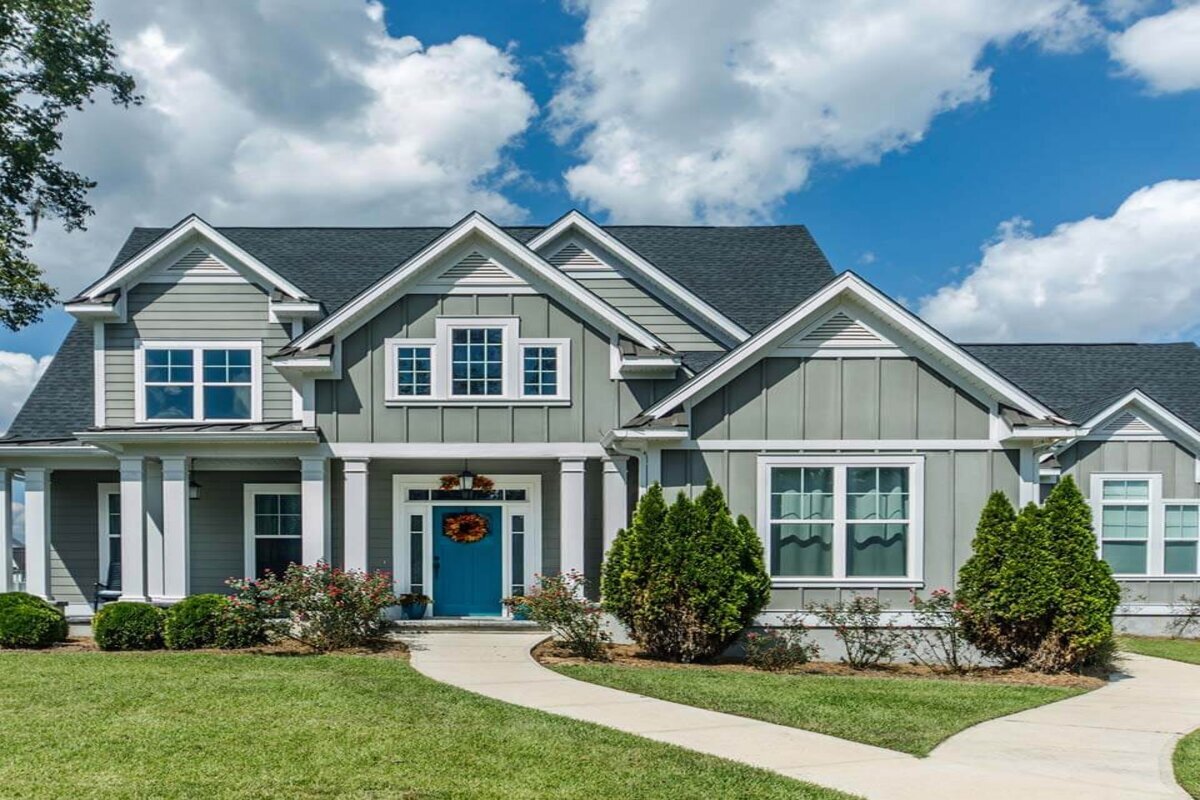Are you tired of struggling with windows that are awkwardly placed or difficult to reach? You’re not the only one! Many homeowners encounter this dilemma, especially in kitchens or bathrooms where traditional window types just don’t cut it. Enter the awning window—a smart solution that combines ease of use with effective functionality.
What are Awning Windows?
An awning window is a type of window that is hinged at the top and opens outward from the bottom. This design allows the window to provide ventilation even during light rain, as the glass pane effectively creates a small awning—hence the name. It’s particularly useful in places where you want easy operation, like above kitchen sinks, in bathrooms, or even in basements.
One of the main reasons homeowners opt for awning windows is their ease of use. Unlike double-hung windows that require lifting, awning windows simply push out, making them ideal for hard-to-reach areas. This is especially beneficial for elderly homeowners or those with limited mobility, as the window can be opened with minimal effort.
However, it’s important to note that awning windows do have limitations. They are generally designed as horizontal windows, meaning they are wider than they are tall. Typically, an awning window can’t be more than 30 to 36 inches in height, which limits where they can be effectively used in your home. This size limitation means that awning windows are often best suited for specific areas rather than as a replacement for larger or more prominent windows.
Pros of Awning Windows
- Ease of Operation: Awning windows are incredibly easy to open and close, making them perfect for elderly homeowners or those with mobility issues. Just a gentle push is all it takes.
- Ventilation: These windows are great for providing ventilation in areas where it might not be possible with other window types, such as in bathrooms or basements. The outward-opening design also means that awning windows can be left open during light rain without water entering your home.
- Weather Resistance: Because they open outward and from the bottom, awning windows can be left open during light rain without the risk of water entering your home.
- Versatile Placement: Awning windows work well in various locations, including above kitchen sinks, in bathrooms, and in basements, where other window types might not be practical.
Cons of Awning Windows
- Size Limitations: Awning windows are generally limited in height, making them less suitable for areas where a taller window is desired. They are best used in spaces where a wider, shorter window fits the design.
- Limited Design Flexibility: Due to their horizontal nature, they might not suit every room or architectural style. They are often better suited for specific areas like basements or above counters.
- Cost: While not the most expensive option, awning windows tend to cost more than traditional single-hung or double-hung windows. They are generally priced similarly to picture windows but are more affordable than casement windows.
Costs of Awning Windows
When it comes to costs, awning windows are a mid-range option. They are typically more expensive than double-hung or single-hung windows but less expensive than casement windows. The price varies depending on the materials used, the size of the window, and the complexity of the installation. On average, you can expect to pay more for an awning window compared to a traditional window, but the added functionality often justifies the expense.
For homeowners looking to replace or install new windows, it’s crucial to weigh the cost against the benefits. Awning windows may not be the cheapest option, but their ease of use, weather resistance, and versatile placement make them a worthwhile investment for specific areas in your home.
Where Awning Windows Work Best
Awning windows are ideal for areas where you need easy operation and good ventilation but don’t have the space for larger windows. Here are some of the best places to install awning windows:
- Basements: Since basements often have limited space for tall windows, the horizontal design of an awning window is perfect for providing light and air.
- Bathrooms: In bathrooms, awning windows can be placed high on the wall to maintain privacy while still allowing ventilation.
- Above Kitchen Sinks: The placement of windows above kitchen sinks often makes them difficult to reach. An awning window solves this problem by offering easy operation with just a push.
- Small Spaces: Any small, confined area where you want natural light and air but have limited room for a larger window.
Other Types of Windows and Their Costs
When discussing window options, it’s essential to compare awning windows to other types available on the market. Some of the main types of windows include casement windows, picture windows, double-hung windows, and single-hung windows. In terms of cost, casement windows tend to be the most expensive, followed by picture windows, with awning windows falling in the mid-range. Double-hung and single-hung windows are typically the most affordable options.
If you’re looking for a window that offers easy operation in a hard-to-reach area, an awning window is a cost-effective solution that provides the functionality you need without breaking the bank.
In Summary
Awning windows are an excellent option for homeowners looking for an easy-to-operate window that provides great ventilation and weather resistance in specific areas of the home. While they do come with some size and design limitations, the pros often outweigh the cons, particularly in bathrooms, basements, and above kitchen sinks.
If you’re considering awning windows for your home and want to know more about their costs and installation, contact us today. We’re here to help you find the perfect window solution for your needs.








